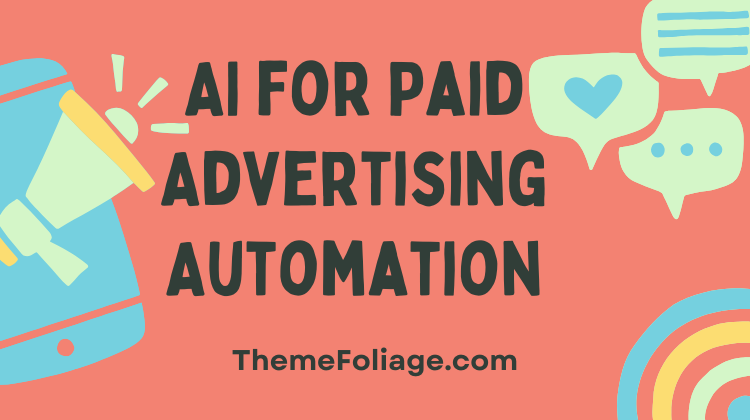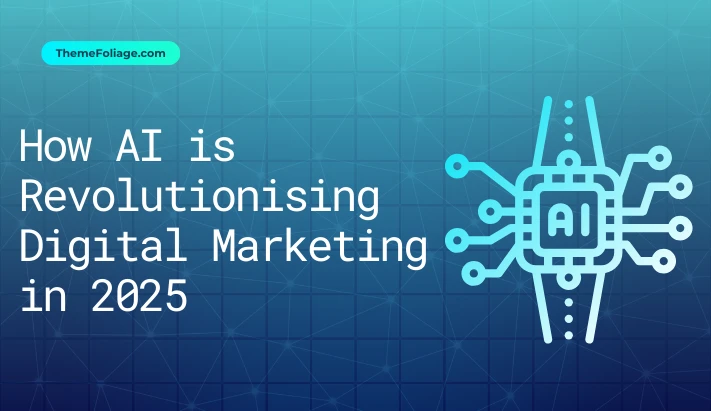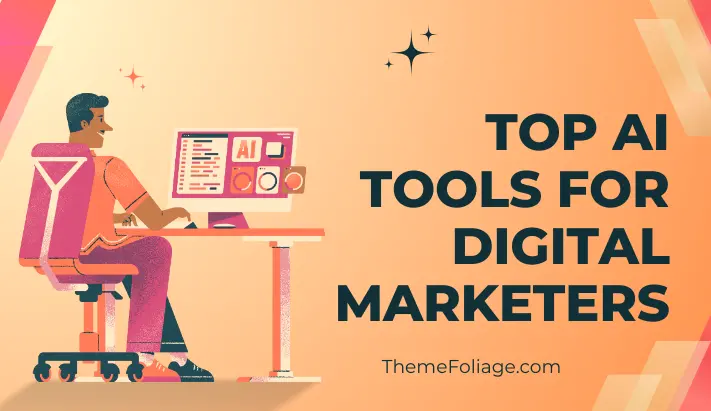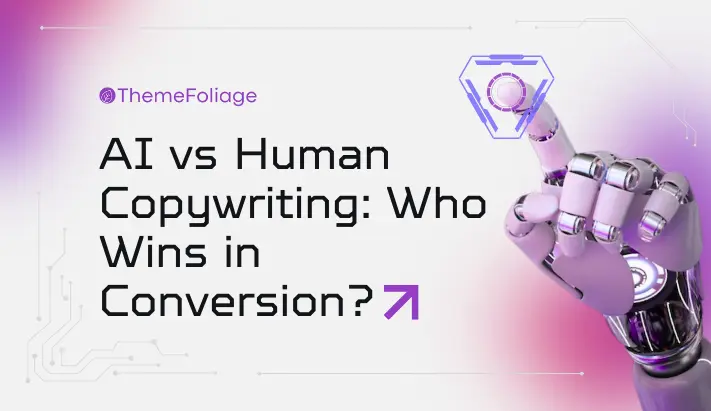Managing pay-per-click bids, budgets and creative rotations manually has become untenable as channels and ad formats proliferate.
In 2025, AI for paid advertising automation uses machine learning to continuously adjust bids, allocate budgets and test ad creative in real time.
By analysing audience signals, conversion events and cost trends, AI transforms static campaigns into self-optimising engines that deliver more clicks, conversions and revenue with less human effort.
Core Capabilities of AI-Driven Ad Automation
Automated Bid & Budget Optimisation
Algorithms ingest performance data and adjust bids or reallocate spend across keywords, audiences and channels to hit ROI targets.
Creative Variant Testing
AI rotates headlines, images, videos and calls-to-action, measuring engagement and conversion lift to scale winning combinations.
Audience Discovery & Expansion
Lookalike and predictive models surface new high-value audience segments across search, social and display networks.
Dynamic Creative Assembly
Templates pull in product feeds, pricing or localisation tokens in real time—enabling hundreds of personalised ad variants without manual edits.
Cross-Channel Attribution
Multitouch attribution models assign credit across paid search, social ads, display and video, giving AI a full view of what drives conversions.
Anomaly Detection & Alerts
AI flags sudden shifts in cost per acquisition, click-through rates or conversion rates and recommends corrective actions instantly.
High-Impact Use Cases
Search Campaign Auto-Scaling
Continuously expand high-performing keyword sets and pause low-ROI terms based on automated bid analysis.
Social Ad Personalisation
Generate and test tailored ad copy, visuals and CTAs for distinct audience segments—automatically scaling top performers.
Programmatic Display Optimisation
Leverage real-time bidding (RTB) with AI-driven targeting to serve the right creative to the right user at the right price.
Dynamic Retargeting Ads
Automatically assemble product carousels and offer codes for users who visited but didn’t convert—triggered by on-site behaviour.
Seasonal & Flash Sale Campaigns
AI predicts peak buying windows and pre-loads ad creative and budget to maximise reach and conversions during high-demand periods.
Recommended Tools & Platforms
| Tool | Key Functionality |
|---|---|
| Google Ads Performance Max | Automated bidding, asset groups, cross-channel reach |
| Meta Automated Advanced Ads | Creative split testing, budget optimisation |
| Adobe Advertising Cloud | Programmatic RTB, dynamic creative, audience forecasting |
| Kenshoo (Skai) | Bid management, predictive forecasting, intelligent alerts |
| Smartly.io | Social ad automation, creative optimisation at scale |
| Wordstream Advisor | PPC performance scoring, keyword alerts, budget insights |
| The Trade Desk | Omnichannel programmatic, real-time audience expansion |
Implementation Roadmap
- Define Objectives & KPIs: Set target CPA, ROAS and click-through benchmarks for each channel.
- Consolidate Data Sources: Integrate ad accounts, conversion tracking and analytics into a unified dashboard or CDP.
- Select Your AI Ad Platform: Choose a solution that offers end-to-end automation: bidding, creative testing and attribution.
- Configure Campaign Structures: Build asset groups, audience pools and dynamic templates. Map conversion events and budgets.
- Train & Validate Models: Feed historical performance data into AI engines. Validate lift with control groups and A/B tests.
- Launch Pilot Campaigns: Run a small-scale test on one channel or vertical. Monitor bid changes and creative rotations.
- Iterate & Scale: Review AI recommendations daily. Approve winning variants, adjust budgets and expand to additional channels.
Metrics That Matter
- Cost per Acquisition (CPA) versus Target.
- Return on Ad Spend (ROAS) Lift.
- Conversion Rate Uplift from AI-tested creatives.
- Budget Allocation Efficiency: spend rebalanced to high-performing segments.
- Audience Expansion Rate: new high-value segments identified.
- Anomaly Response Time: time to resolve AI-flagged issues.
Common Pitfalls and Best Practices
- Avoid Black-Box Budgets: set clear guardrails and daily caps to prevent runaway spend.
- Maintain Creative Quality: review AI-generated variants to ensure brand consistency and compliance.
- Guard Against Overfitting: periodically reset or retrain models to prevent bias toward historical outliers.
- Keep Human Oversight: schedule weekly reviews of budget shifts and creative performance before full budget reallocation.
- Cross-Channel Alignment: ensure campaigns share consistent naming conventions and conversion definitions for accurate attribution.
Final Thoughts
AI for paid advertising automation empowers you to run complex, multichannel campaigns at a fraction of the manual effort.
By automating bid adjustments, creative testing, audience discovery and attribution, you unlock continuous performance improvements and higher ROI.
Start with a single channel pilot, measure incremental lift, then expand your AI-driven ad ecosystem across search, social and programmatic formats.
In 2025, the most efficient marketers will be those who let AI handle the heavy lifting and focus their teams on strategy, creative direction and scaling new opportunities.



